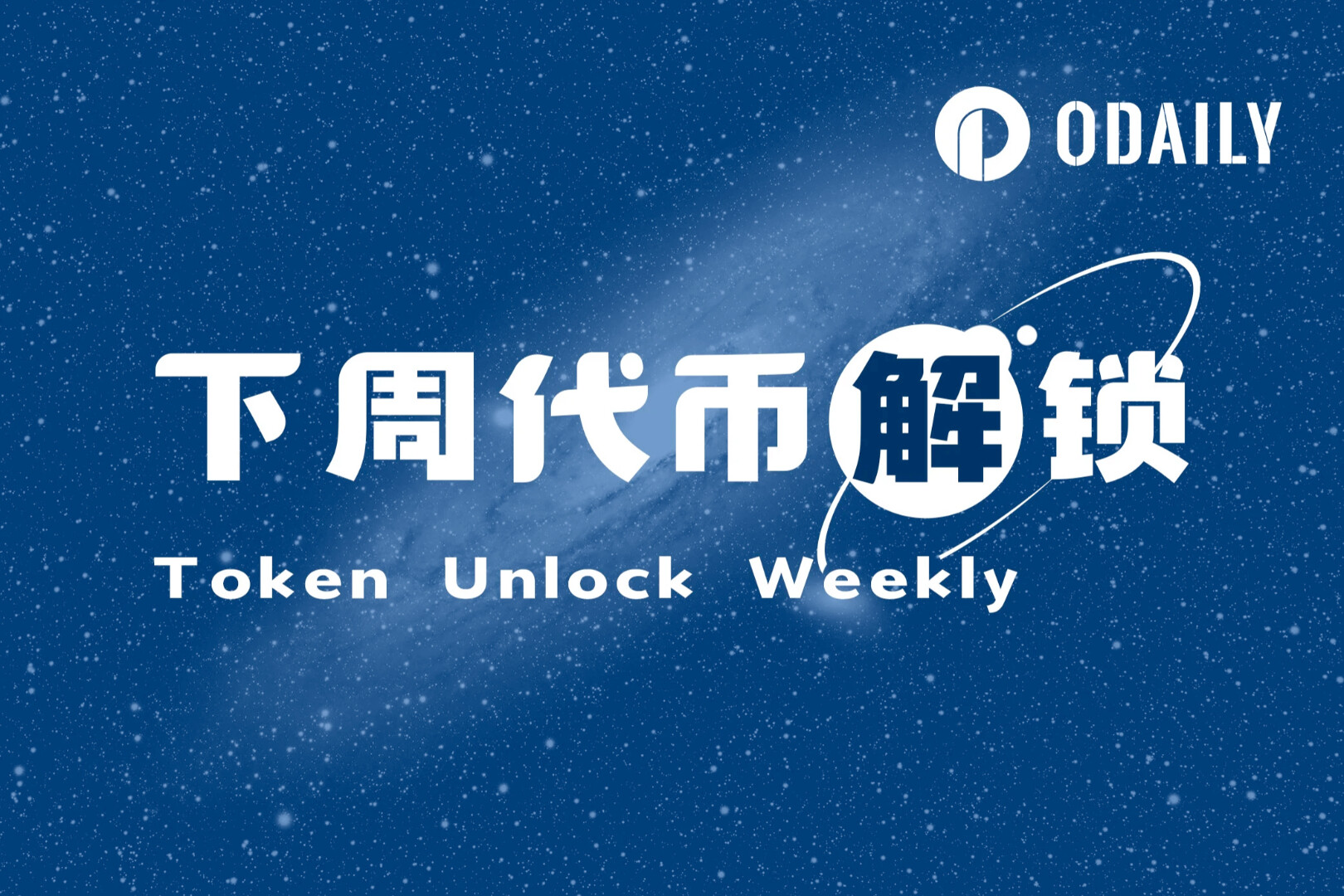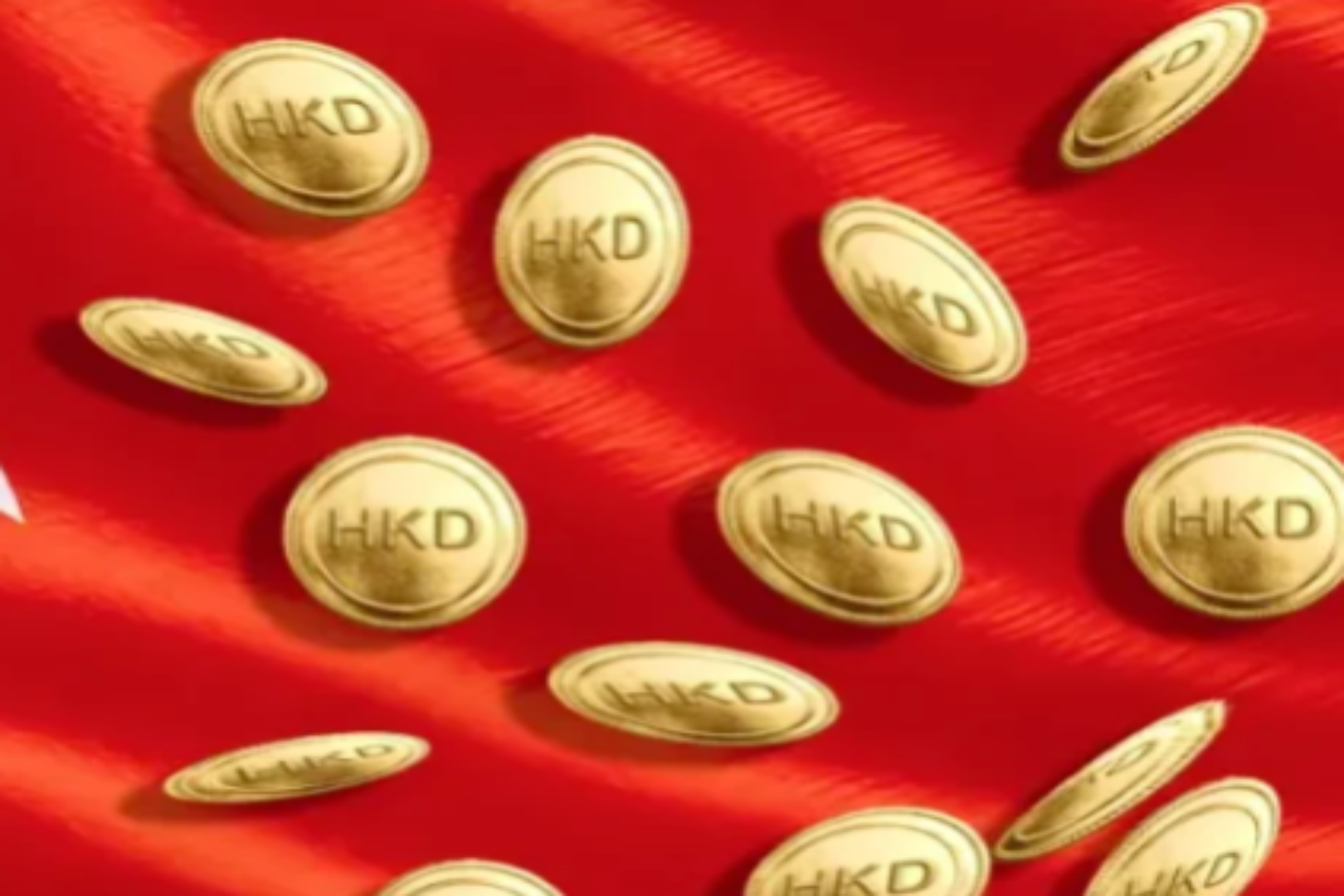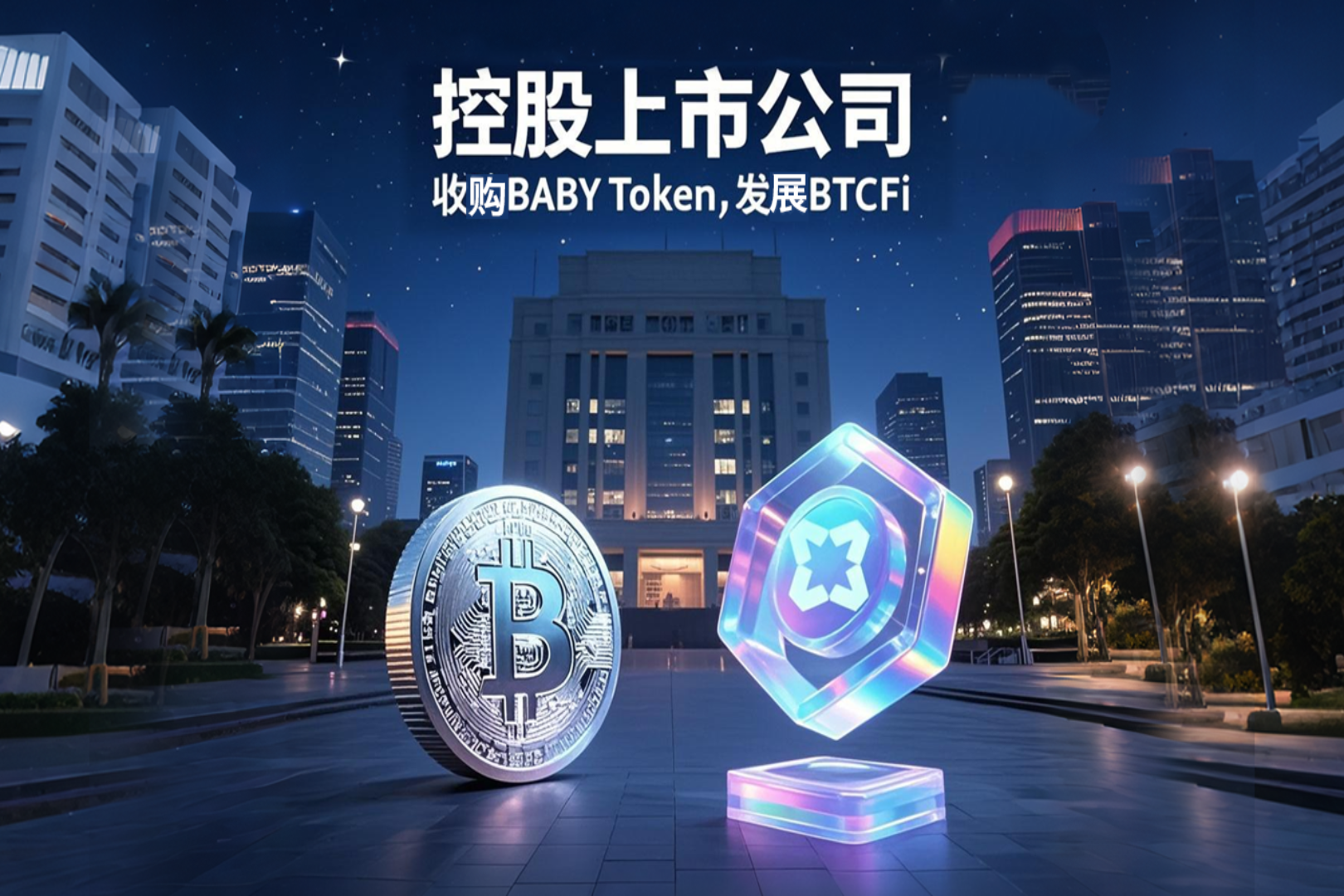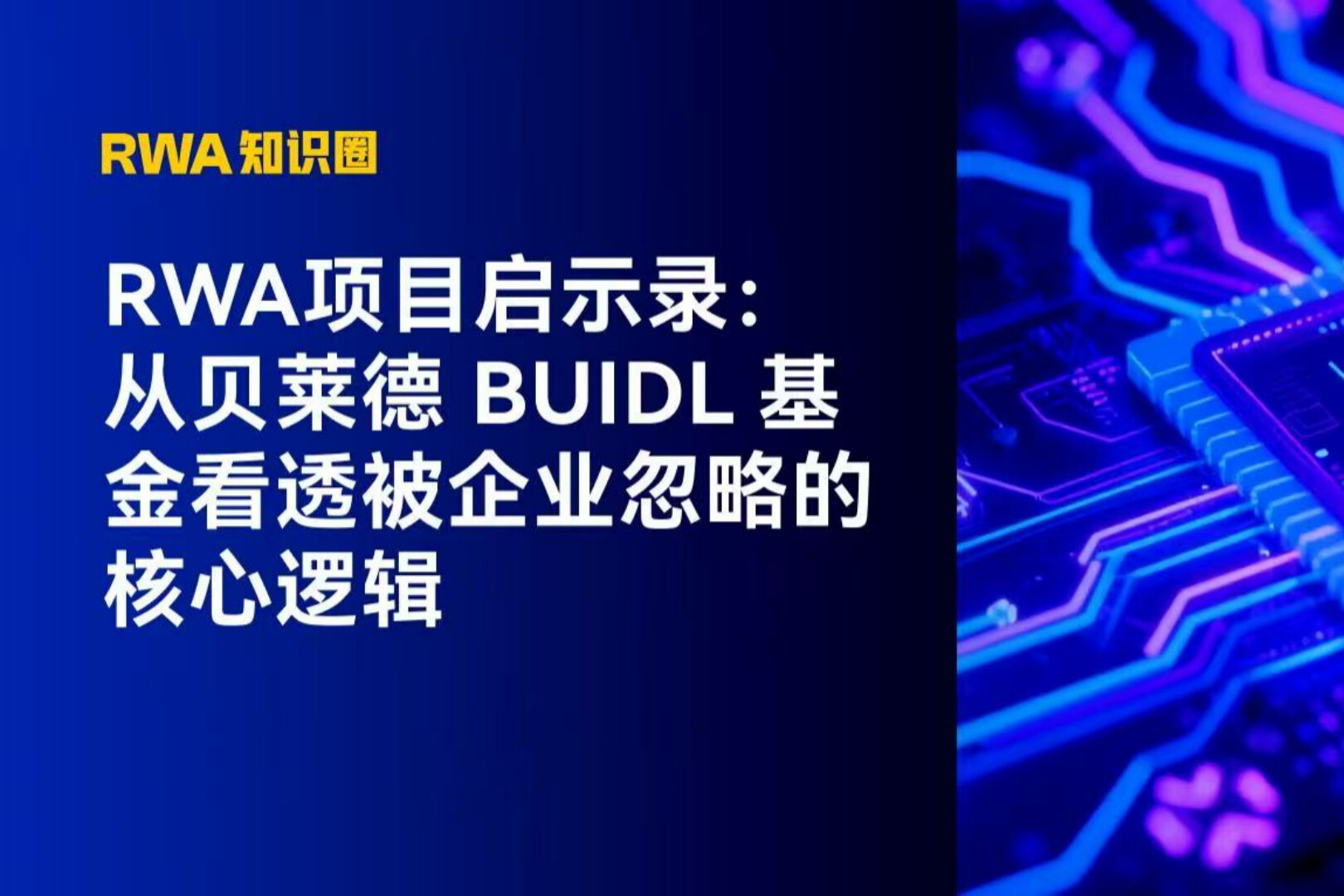In the Web 2 era, tourism real estate was once hailed as one of the most attractive investment opportunities. With its stable potential for asset appreciation and the support of scarce natural resources, it holds a significant position among high-net-worth individuals worldwide. However, these seemingly glamorous "golden assets" have always been held back by three major obstacles: low liquidity, high barriers to entry, and long transaction cycles. Today, with the rapid evolution of Web 3 and RWA (Real World Asset) assetization technology, a liquidity revolution is quietly underway for off-chain tourism assets. Coinsidings, a new platform born from the Web 3 tourism landscape, is attempting to break through traditional structures and use mechanisms and code to achieve a "Uniswap moment" for tourism assets: revitalizing illiquid value and making it possible to trade and grow. 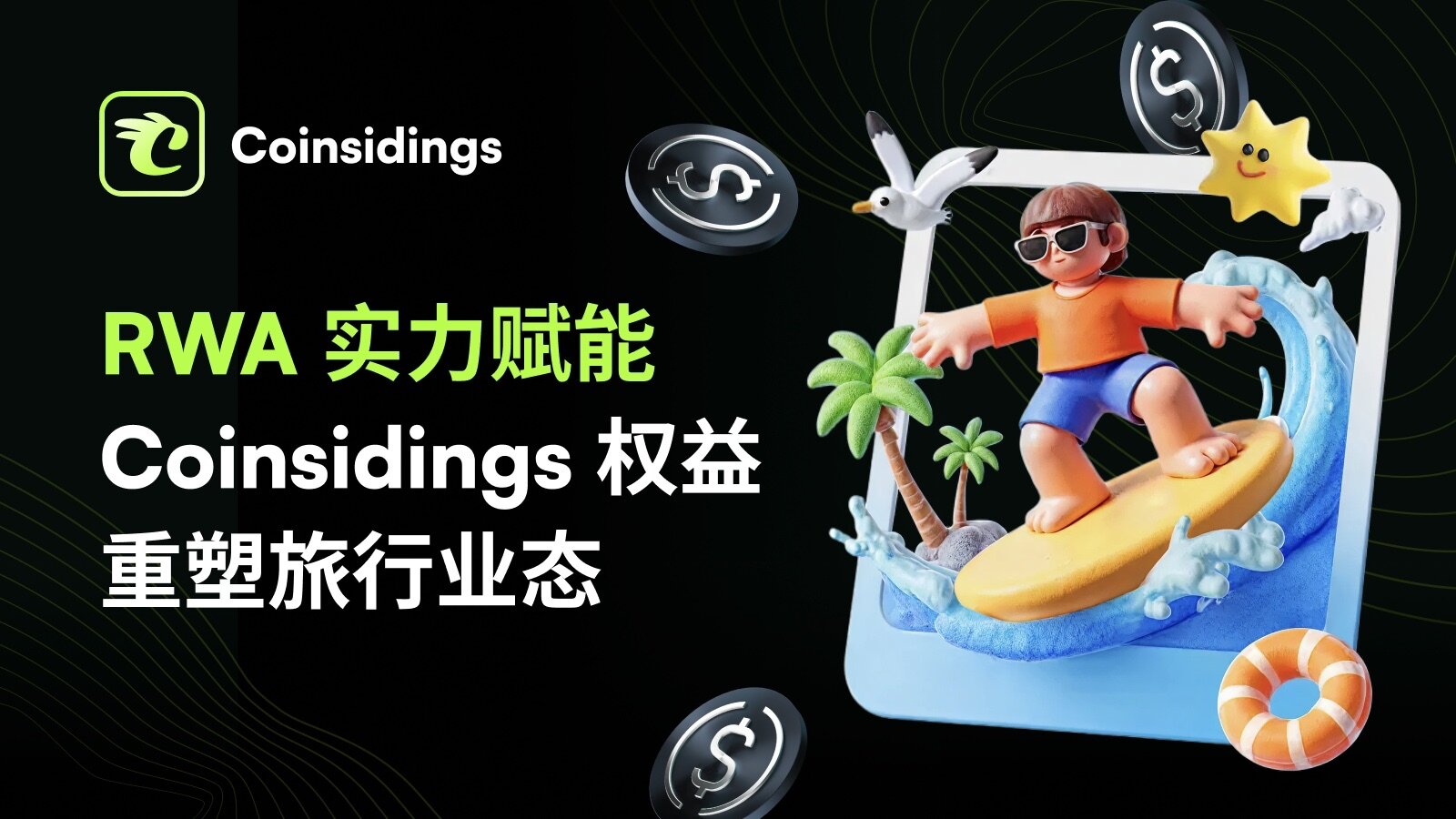
1. The “sleeping” curse of tourism assets: high value, but difficult to circulate
The value of tourism real estate is undeniable, especially in locations with scarce scenic resources and strong cultural agglomerations, such as island villas, ski resorts, and properties near World Cultural Heritage sites. These assets typically retain their value well and have low vacancy rates. However, ordinary investors face significant challenges in acquiring these assets. First, the barrier to entry is extremely high. A tourism apartment can easily cost millions of yuan, making it virtually impossible for anyone except large institutions or high-net-worth individuals to enter the market. Second, liquidity is a major issue. Even after a purchase is completed, subsequent exits are extremely difficult, with long transaction cycles, difficulty finding counterparties, and uncertain valuation fluctuations a constant stream of practical challenges. More critically, returns are highly dependent on the leasing and operation of the property, rather than on structured asset support, leading to significant information opacity and risk asymmetry.
At the same time, regional concentration risk cannot be ignored. Tourism real estate is often located in niche markets or specific cities. Geopolitical risks or policy changes can significantly impact overall investment returns. The "dormant asset problem" is even more prevalent: once funds enter tourism real estate, they often remain stagnant for years, resulting in extremely low capital efficiency. These core contradictions constitute the most difficult obstacles for tourism-related RWA assets to overcome in the process of Web 3 transformation.
2. From On-Chain Mapping to Fragmented Assets: The Reconstruction Logic of Coinsidings
Coinsidings' technical approach isn't to simply "straightforwardly" transfer tourism real estate onto the blockchain. Instead, it reprograms traditional asset structures through a comprehensive fragmentation mapping and smart contract decomposition mechanism. Using on-chain smart contracts, the platform digitally segments the revenue of a real-world hotel or resort property, generating a corresponding number of "property equity certificates" that are distributed to users in the form of "CSS tokens" or "options." These certificates not only reflect the future returns of the real asset but also incorporate a revenue cycle and exit mechanism, making them inherently tradable.
The points users earn when making purchases, bookings, or participating in ecosystem activities on the platform serve not only as platform incentives but also as a digital representation of their asset rights. These points or tokens are anchored to asset returns, meaning they can be used not only for consumption deductions but also represent dividend rights or future subscription rights to real tourism asset returns. More importantly, all user rights can be flexibly programmed through smart contracts, including the ability to freely configure short-term rentals, deductions, redemptions, and even secondary transactions, greatly increasing the flexibility of participation and exit channels for tourism-related RWA assets.
Through this mechanism, Coinsidings essentially transforms the originally "high-threshold, non-combinable" bulk tourism real estate assets into combinable, participatory, and exitable on-chain equity units, achieving a fundamental leap from "passive holding" to "flexible circulation."
3. IPOs Create Markets, Points Represent Value: The Liquidity Core of Coinsidings
If Uniswap revolutionized token trading through its AMM (Automated Market Making) mechanism, Coinsidings is applying this "decentralized + real-time liquidity" logic to tourism assets. The platform issues asset certificates using a "new listing, market creation" approach. Once a tourism asset goes online, users can subscribe using a variety of cryptocurrencies (such as ETH, USDT, BTC, and the platform's CSS token). These subscriptions are not just consumer or investment activities; they also form the core of the platform's initial liquidity pool.
The Coinsidings smart contract dynamically allocates points, options, and liquidity certificates based on user participation. Users can then place orders for these certificates on the platform's trading market for immediate exit or transfer. In other words, IPOs themselves are market-making activities—the liquidity depth of each asset is built by users, not monopolized by the platform. This mechanism radically transforms the traditional linear structure of tourism assets: "issuance—lock-up—revenue—exit," establishing an asset circulation system where "participation creates the market, and circulation creates value."
The CSS token plays a role similar to the Uniswap LP Token in this process, serving as both proof of user liquidity contribution and the core certificate for platform revenue distribution and asset anchoring. Every time a user participates, recommends, subscribes to new products, or trades, they accumulate points, which are then released and recovered during asset withdrawal and trading. In this way, Coinsidings establishes a complete dynamic closed loop within the system: "consumption equals investment, points equal assets, and withdrawal equals profit."
4. Collaborative Governance and Option Mechanism: The Next Step for Tourism Finance
Coinsidings has not only reshaped its asset structure but also deeply embedded Web 3 governance logic into the tourism landscape. Through its DAO mechanism, the platform empowers users with true governance and participation rights. CSS token holders can initiate project proposals, participate in community governance votes, and receive corresponding dividends based on the platform's ecosystem rules. This governance system breaks the traditional one-way value distribution structure of "platform profits, user consumption," empowering users of tourism assets to become co-builders and co-governors of these assets.
A more core innovation lies in Coinsidings' options mechanism. When users participate in platform assets, they receive not static rights but rather "dynamic income rights" with fixed terms, return ratios, and exit rules. For example, users can choose to hold until maturity to receive full returns, or exit early in exchange for some liquidity. This mechanism, similar to the time value design of traditional financial options, transforms the "holding and exiting" of tourism assets into a strategic game. The platform can dynamically adjust the resource release ratio, reward period, and income distribution based on overall user behavior, creating a collaborative system of "financialization through use."
Ultimately, Coinsidings is building not just a tourism asset trading platform, but also a Web 3 tourism economy that integrates consumer behavior, asset rights, governance participation and financial innovation.
Conclusion: The future of tourism is to be a co-builder of mobility
The disruptive nature of Uniswap lies in the fact that it transforms the "market" from a centralized matching behavior to an open market-making network.
Coinsidings' goal is to transform travel from a one-time consumption behavior into a collaborative asset engine. Here, every booking reflects the distribution path of asset value; every room voucher carries proof of stake and a record of participation. Users are no longer just tourists; they become participants, contributors, and profit-earners in the tourism industry chain.


